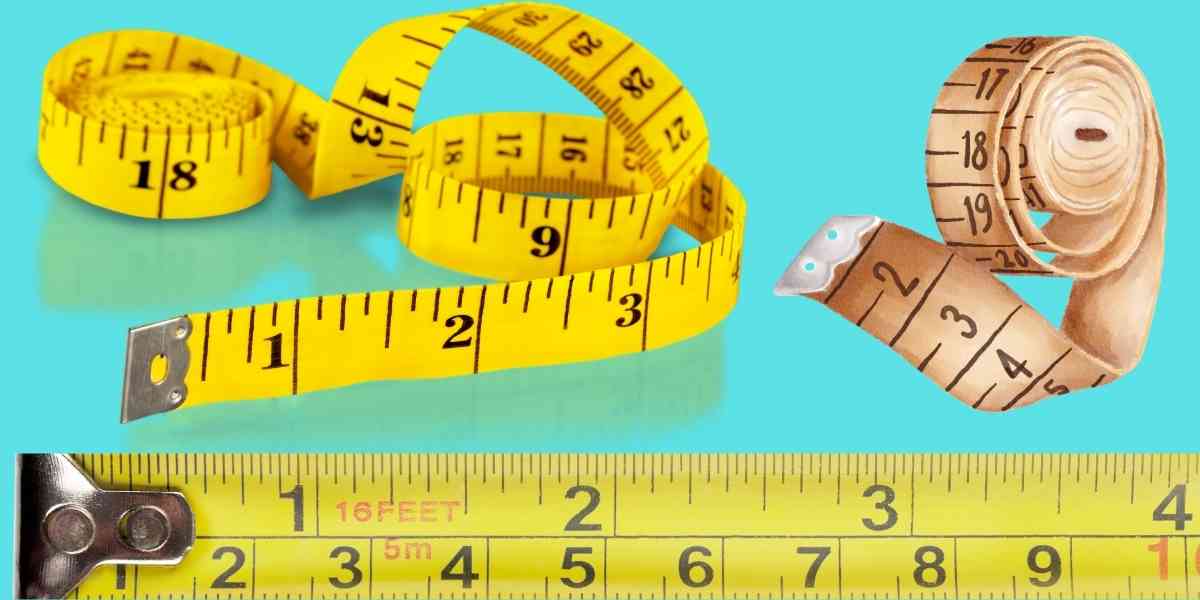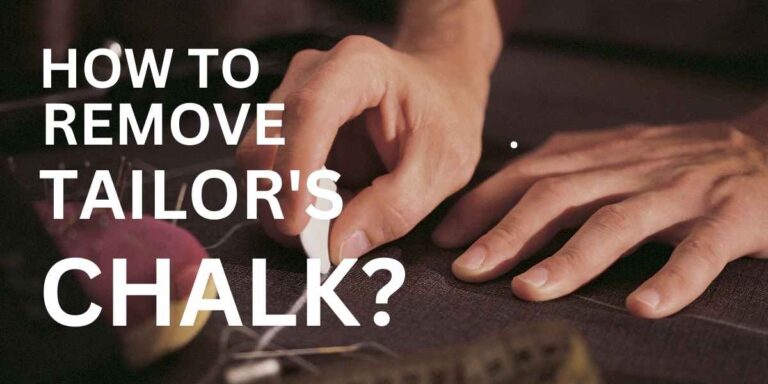How to read a tailor measuring tape?
How to read a tailor measuring tape?
The quality of an instrument depends on the skill of its user.
It still holds true for tape measures, and the saying is rather old. They are only helpful if the user understands how to interpret the results.
Here, we’ll take a look at the proper way how to read a tailor measuring tape.
[su_spacer]
[su_spacer]
What is a tailor measuring tape? [definition]
Tailoring and sewing tape measures were often manufactured from stretchy cloth or plastic.
Sewing tapes have that name for a reason.
The tape measures were mostly utilised to determine the size of the participants’ waists.
[su_spacer]
types of tailor measuring tape:

Pocket tape measures with a spring return and long tape measures are the two most common varieties of tape measures.
both of these come with carrying cases.
Most pocket-sized spring-return tape measures can be conveniently carried in a pocket. They are compact, with a maximum case size of three inches.
The cassette is wrapped back into the case by a spring mechanism.
[su_spacer]
Uses of a tailor measuring tape:
Tape measures are irreplaceable for skilled artisans and tailors for various reasons.
Including: taking body measurements; drafting patterns; measuring fabric; laying out patterns on fabric; deciding on the length of a garment; checking the size of hems; measuring curves and corners; measuring curtains, quilts, etc.
A measuring tape is an essential requirement for any designer. Even better would be if there were other colour options.
[su_spacer]
How to read a tailor measuring tape?
In case you are asking, the two most common systems for measuring length are the Imperial System of Measurements, which uses yard, foot, and inch units.
Metric System of Measurement, which uses metre, centimetre, and millimetre units.
Most measuring tapes provide both metric and imperial units, others may only feature a single system of measurement.
Using both the metric and imperial systems, we have to make the best of a bad situation.
One major weakness of imperial measurements is that they cannot be expressed in decimal form.
Let’s look at an example: A 58-inch wide cloth bundle is in my hands. This fabric will be used to create ten pleats. How far apart are the pleats?
To summarise, the distance between each pair of pleats should be exactly 5.8 inches, but because of rounding, the closest approximation (5 13/16) will result in one of the spaces being only 5 9/16 inches.
First, we’ll discuss where to place the marks on the measuring tape.
I prefer tapes which are labelled on both sides with both imperial and metric units because they are easier to understand.
[su_spacer]
Tutorial on reading a metric tape measure
It has been divided into groups with primary divisions every 1 cm and secondary divisions every 1 mm.
One centimetre can be thought of as having 10 smaller parts called millimetres, and they can be expressed as fractions with a decimal point (2.3cm – 2cm 3mm or 23 mm).
[su_spacer]
Tutorial on using an imperial tape measure for sewing
It has been divided into different parts, the main ones being 1 inch and the others being 1/8 inch or 1/16 inch.
To express a length in inches, we use notation like “2 3/8” or “5 3/16” to reflect the fact that an inch is evenly divided into 2, 4, 8, and 16 smaller sections.
Not to mention that inches don’t require a decimal point.
[su_spacer]
The 16ths method of reading a tape measure
Take the example of me measuring a dart using a tape that has 16 points per inch. Add up the markings and you get 4 whole inches plus 5 dimples, or 4 and 5/16 inches.
Here’s another type of situation:
you need to sew a skirt and the measurements come out to 1 inch plus 4 little markings. That’s 1 and 4/16 inches, which we’ll round up to 1 14 inches.
Suppose we have a tape measure with 16 points per inch and need to locate the number 5/8. When we divide by 16, we get 10 eighths from a five-eighths fraction. Then we’ll need to count 10 notches on the tape to locate 5/8; this is how the tape is marked.
[su_spacer]
conclusion
Did you find the post helpful? If so, save the post so you can visit again later when you need to know how to read a tailor measuring tape.


![How much does it cost to tailor a dress? [Cost in 2024]](https://ilovetailor.com/wp-content/uploads/2022/10/How-much-does-it-cost-to-tailor-a-dress-768x403.jpg)




